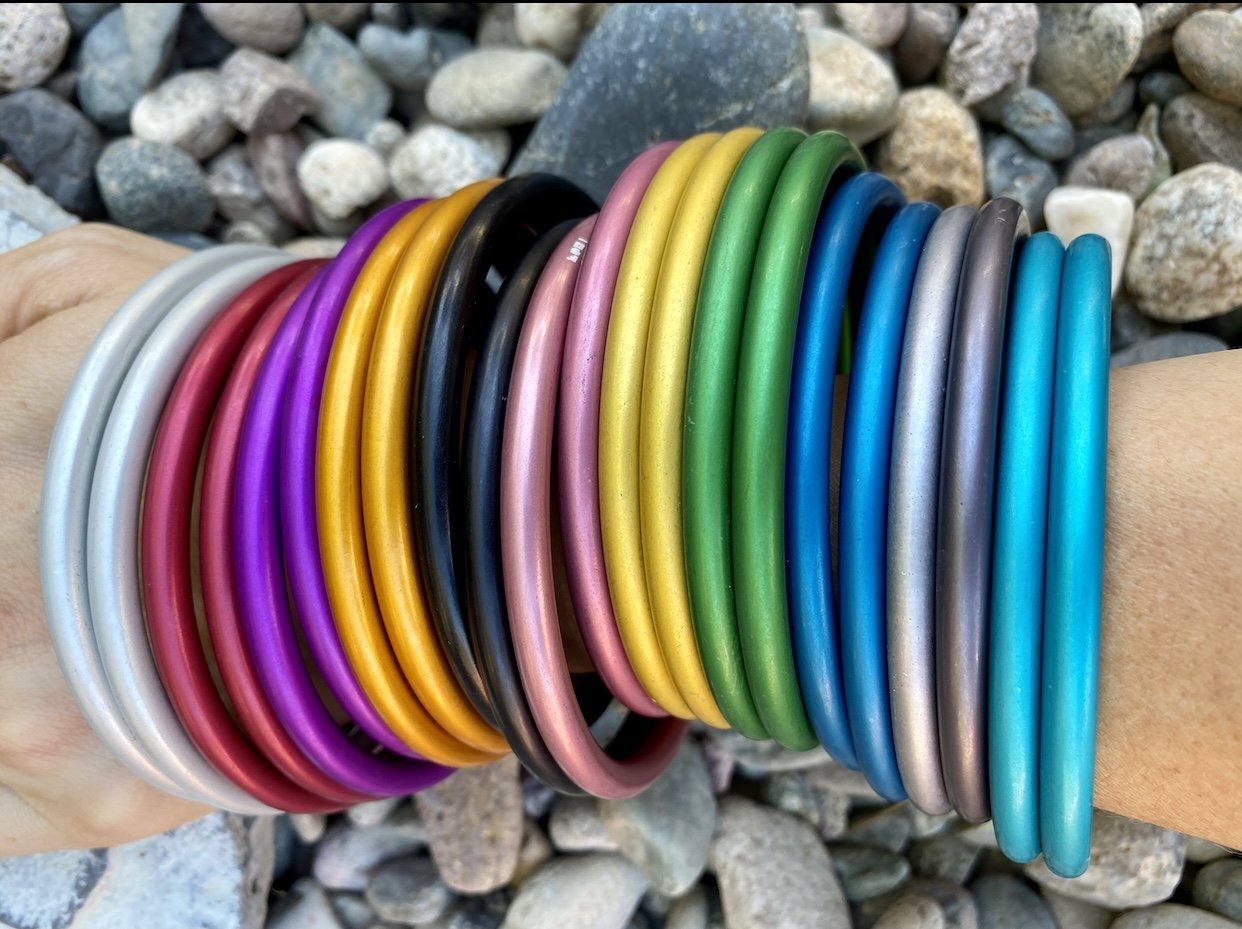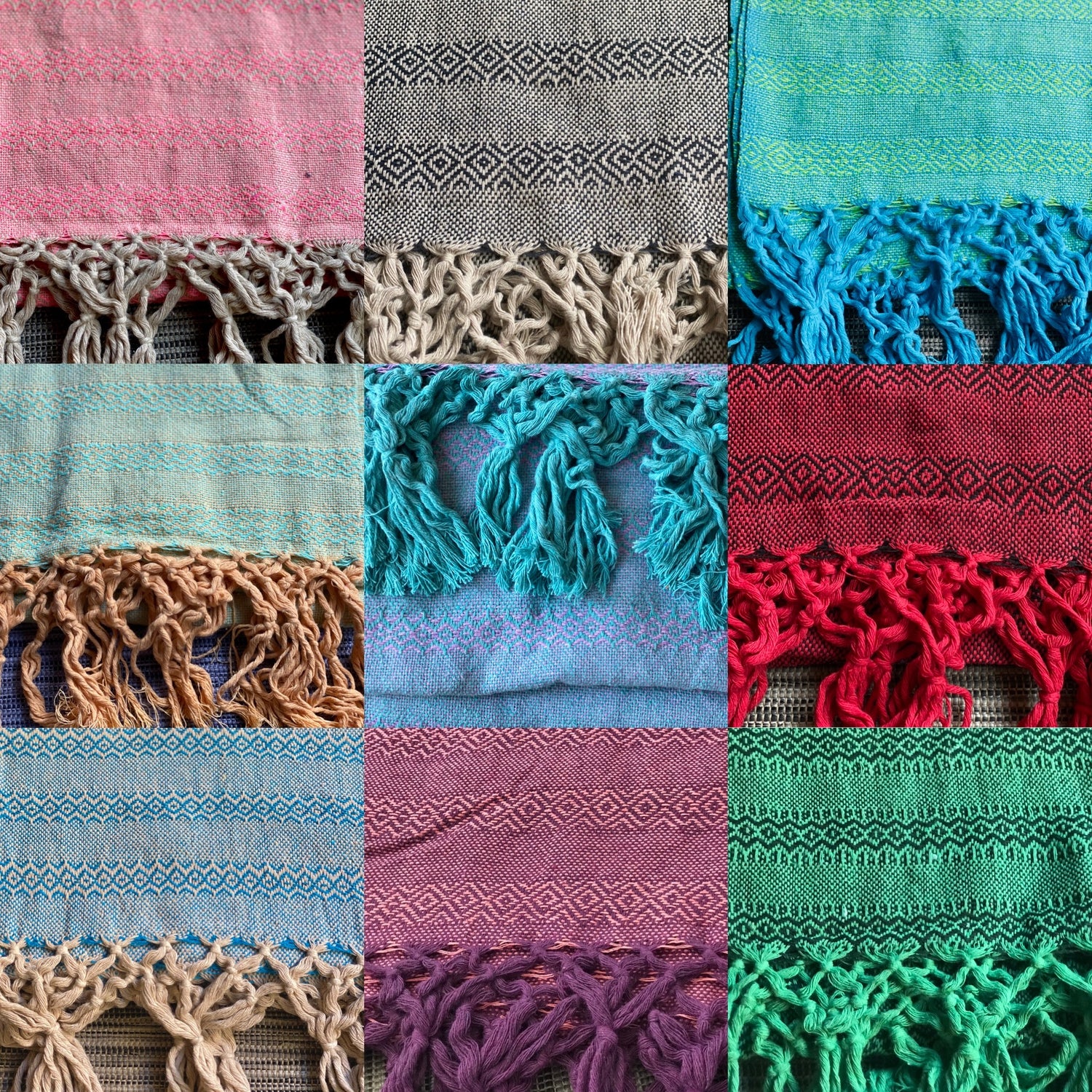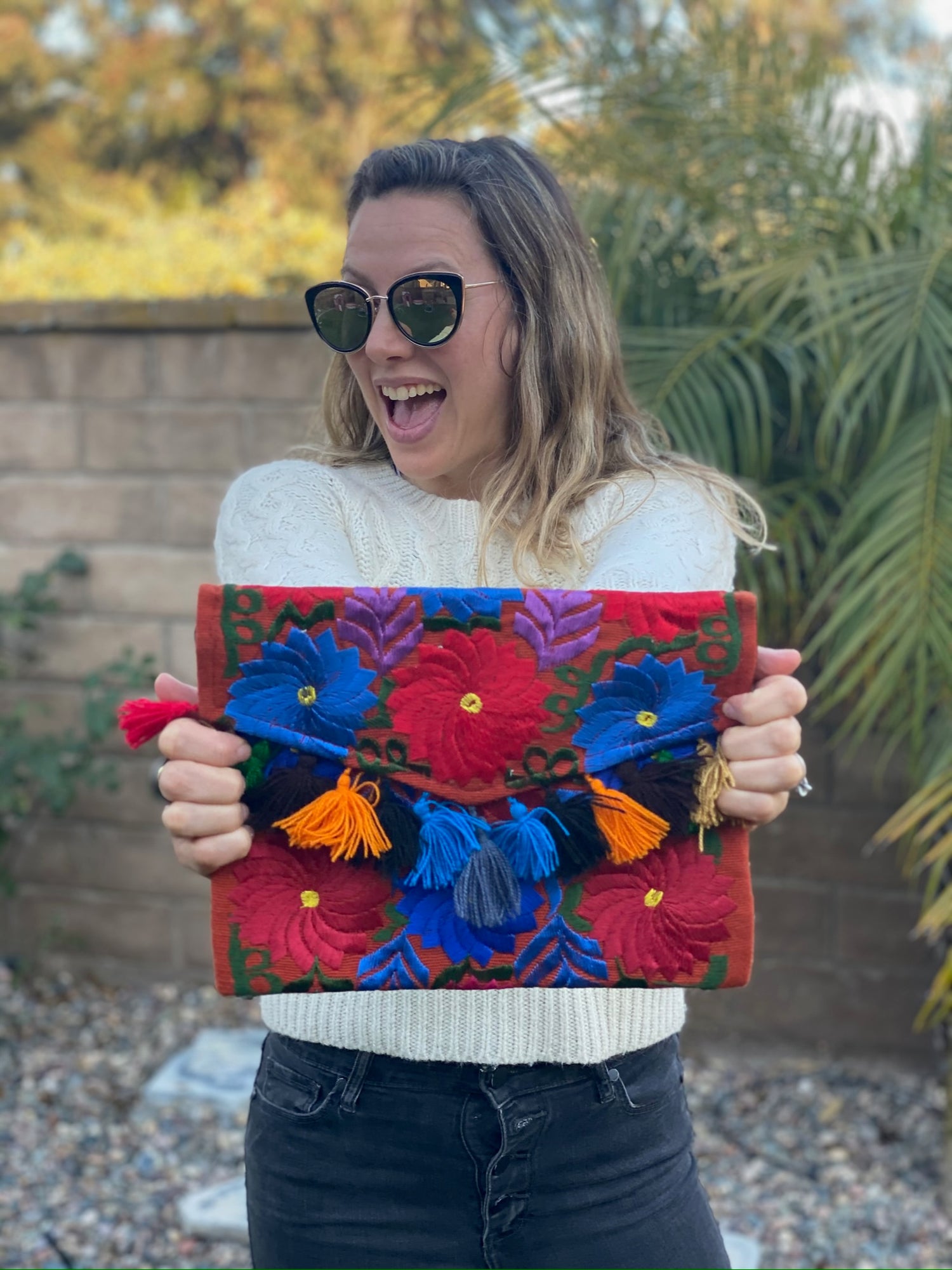Expecting mothers face unique challenges and joys during their pregnancy journey. Among the most cherished accessories that can provide comfort and tradition is the Rebozo Mexicano. This traditional Mexican shawl is not just a fashion statement; it serves as a versatile tool for various stages of motherhood, from providing support during pregnancy to being a practical aid in labor and postpartum.

Artfully handwoven by skilled artisans, each Rebozo embodies the rich heritage and craftsmanship of Mexican culture. It can offer physical comfort by helping to ease labor pains, foster a sense of security, and assist in carrying the baby post-delivery. For many expectant mothers, the Rebozo Mexicano becomes an essential companion, blending art, fashion, and practical support in one beautiful piece.
Exploring the diverse uses and benefits of the Rebozo Mexicano can provide valuable insights for expecting mothers looking for both comfort and a connection to tradition. From its role in labor to its everyday utility, the Rebozo stands out as a meaningful and stylish accessory for modern motherhood. Visit the World's Largest Mexican Rebozo Store to discover an array of these beautiful and functional shawls.
History of the Rebozo
The rebozo, a Mexican shawl, has a rich history intertwined with the cultural fabric of Mexico. Its origins trace back to the pre-Hispanic period, where indigenous women used similar garments for various practical purposes.
The Spanish conquest brought significant changes to indigenous clothing styles. The rebozo evolved by blending indigenous weaving techniques with Spanish influences. It became a symbol of cultural synthesis, embodying elements from both traditions.
During Mexico's struggle for independence, the rebozo played a significant role. Rebel women used rebozos not only to carry babies but also to smuggle weapons across checkpoints, making it a discreet yet essential revolutionary tool.
In the early 20th century, during the Mexican Revolution, the rebozo maintained its symbolic and practical importance. Rebel women, known as "soldaderas," utilized rebozos to carry essentials and protect themselves from the elements while on the battlefield.
Today, the rebozo remains a cultural treasure, representing Mexican heritage and craftsmanship. It is still widely used in various regions of Mexico, with each area offering unique styles and colors based on local traditions. Each rebozo tells a story through its intricate designs and vibrant hues.
The historical significance of the rebozo extends to its use in traditional ceremonies and modern fashion. It has maintained its position as a versatile accessory for Mexican women, demonstrating resilience and adaptability throughout centuries.
Traditional Weaving Techniques

Creating a rebozo Mexicano involves intricate weaving techniques and careful selection of materials such as cotton, silk, and wool. This section delves into the artisanal craftsmanship that makes each rebozo unique, as well as the specific materials used.
Artisanal Craftsmanship
Rebozos are crafted through centuries-old techniques that emphasize detailed workmanship.
Artisans often employ the ikat method, in which threads are dyed before being woven, resulting in intricate patterns. Each rebozo can take weeks, sometimes even months, to complete due to the meticulous nature of the process.
Loom weaving is another hallmark of rebozo creation. Traditional backstrap looms offer artisans control over tension, allowing them to create fine, durable textiles.
Additionally, these pieces often feature hand-knotted fringes, further showcasing the weaver's skill. Every step requires a high level of precision and expertise.
Materials Used for Rebozos
The primary materials for rebozos include cotton, silk, and wool, each offering distinct characteristics.
Cotton is preferred for its softness and breathability, making it ideal for daily wear.
Silk rebozos are often reserved for special occasions due to their luxurious texture and sheen. This material adds an element of elegance, suitable for festivities.
Wool serves as an excellent option for colder climates, providing warmth and insulation. Each type of material impacts the rebozo’s function and aesthetic.
Blends are also common. Utilizing a combination of these materials can enhance the rebozo’s versatility, balancing comfort, durability, and style.
Cultural and Emotional Significance

The Rebozo Mexicano is more than just a garment; it embodies deep cultural significance and emotional support. In Mexican culture, the rebozo is traditionally passed down from generation to generation, symbolizing love and support within families.
This shawl is revered as an emblem of the strength and resilience of Mexican women. Its intricate patterns and vivid colors reflect the rich history and varied traditions of Mexico. For many, wearing a rebozo connects them to their ancestry and heritage.
Emotionally, the rebozo provides a unique form of comfort to expecting mothers. Techniques such as the Rebozo Sifting Technique help in easing tension and promoting relaxation by gently rocking the fabric across the belly and hips.
Throughout pregnancy and childbirth, the rebozo is used to offer physical and emotional support. Its use during labor can help in pain relief and positioning, making it a valuable tool for doulas and midwives globally.
The rebozo is not just an accessory but an integral part of daily life and special occasions. It is used in various rituals and celebrations, enhancing its symbolic importance in Mexican culture.
The Role of Rebozos in Pregnancy and Childbirth
Rebozos have traditionally been important in pregnancy and childbirth among Mexican women, offering support, comfort, and pain relief. These versatile shawls are woven into the fabric of prenatal care and labor practices.
As a Comfort Aid During Pregnancy
During pregnancy, rebozos are used to alleviate discomfort and promote relaxation. Wrapping a rebozo around the abdomen helps support the growing belly, reducing strain on the lower back.
The shawl's gentle pressure can also soothe aches and improve circulation.
Additionally, many expecting mothers find relief in the rebozo's ability to support the belly, making daily activities less strenuous. Cultural significance and the personal touch of using a handmade rebozo often offer emotional comfort.
When used correctly, these shawls can be a simple yet effective tool for easing common pregnancy discomforts.
Support During Labor
Rebozos play a crucial role during labor, helping to manage pain and facilitate the birthing process. Techniques such as "sifting," which involves gently rocking the belly with the rebozo, can aid in repositioning the baby for optimal birth alignment, potentially easing labor progression.
Laboring women might use rebozos to create counterpressure on the hips and lower back, helping to alleviate contraction pain.
Some women use the shawl to hang from a sturdy fixture, allowing gravity to assist with labor. This can help relax the pelvic muscles and ligaments, making it easier for the baby to descend.
Rebozo as a Baby Carrier
The Rebozo Mexicano serves as a versatile baby carrier, providing comfort and bonding opportunities for both mother and child. It is especially valued for its ability to facilitate breastfeeding while keeping the baby secure and close.
Techniques for Babywearing
Using a rebozo as a baby carrier offers various techniques to ensure maximum comfort and security. Front Carry is the most popular method. The rebozo is wrapped around the mother’s shoulders and the baby sits securely against her chest. This position not only enhances bonding but also allows for easy breastfeeding.
Hip Carry is another common technique. Here, the rebozo is tied around one shoulder, with the baby positioned on the mother’s hip. This method is practical for older infants who can support their heads.
For mothers seeking hands-free mobility, the Back Carry technique is beneficial. The rebozo is tied across the shoulders and around the waist, with the baby positioned on the mother’s back. This method provides a comfortable and secure fit, enabling the mother to carry out daily activities.
Choosing the Right Rebozo

Selecting the perfect rebozo involves considering several factors. Material is crucial. Authentic Mexican rebozos are typically made from cotton, wool, or silk. Each material offers different qualities of comfort and durability.
Length is another important factor. Rebozos come in various lengths. A longer rebozo provides versatility for different uses such as during labor and post-birth tasks.
When choosing a rebozo, its strength matters. Handcrafted rebozos often exhibit superior strength due to traditional weaving techniques. This ensures durability for multiple uses, whether wrapping the belly or assisting in labor positions.
Key qualities to look for include flexibility and comfort. A rebozo should be soft yet firm enough to provide the needed support. The traditional designs and crafts imbue each piece with unique aesthetic appeal.
For authentic options, explore this beautiful collection that offers a range of handcrafted rebozos made by local artisans using age-old techniques.
Ethical Practices and Fair Trade

Fair trade plays a crucial role in ensuring that artisans receive equitable compensation for their work.
Many mission-driven organizations are committed to promoting ethical practices in the production of authentic, high-quality goods.
These organizations work directly with local artisans, fostering partnerships that empower craftsmen and women in their communities.
Key aspects of ethical practices include:
- Fair Wages: Artisans receive fair wages that reflect the true value of their craftsmanship.
- Safe Working Conditions: Ensuring safe, healthy, and supportive working environments.
- Community Support: Providing resources and support to local communities to encourage growth and sustainability.
Artisans benefit from fair trade practices because they provide stability and improve their quality of life.
Fair trade also guarantees that the products, such as the rebozo, remain authentic and of high-quality. By preserving traditional methods and materials, artisans can continue to create genuine cultural artifacts.
Benefits of Fair Trade for Consumers:
- High-Quality Products: Assurance of receiving well-crafted items made with care.
- Ethical Consumerism: Confidence that their purchase supports fair labor practices.
- Cultural Preservation: Supporting the continuation of traditional crafts.
By choosing fair trade, consumers play a part in fostering ethical practices and sustaining the heritage of local artisans.
For more about fair trade practices in rebozo production, visit Rebozo Store at Lola My Love.
Incorporating Rebozos into Modern Wardrobes

Rebozos offer a blend of tradition and modern fashion that can seamlessly integrate into any wardrobe. These versatile accessories can add a touch of elegance and cultural richness to contemporary outfits.
Scarf or Shawl: A rebozo can be worn as a scarf or shawl over modern clothing to provide both warmth and style. Draping it over the shoulders or wrapping it around the neck can highlight its intricate patterns and vibrant colors.
Belts and Sashes: Rebozos can also be used as belts or sashes. By tying a rebozo around the waist, it can cinch a dress or tunic, adding a stylish and unique flair that complements modern fashion trends.
Head Wraps: Worn as head wraps, rebozos can protect the hair from the sun while adding an element of traditional style. This look pairs well with both casual and elegant outfits, making it a versatile addition to any wardrobe.
Skirts and Dresses: A longer rebozo can be styled as a skirt or even part of a dress. By wrapping it appropriately and securing it, one can create an eye-catching, distinctive look that combines tradition with lola my love modernity.
Bags and Accessories: Rebozos can be fashioned into bags or used as accents on existing accessories. Adding a rebozo strap to a handbag or using it as a decorative element on a tote can beautifully integrate this traditional piece into everyday use.
Quick Styling Ideas
- Casual Look: Jeans, a white blouse, and a rebozo draped as a shawl.
- Sophisticated Look: A solid-colored dress cinched with a rebozo sash.
- Bohemian Look: Long skirt, peasant blouse, and a rebozo head wrap.
Incorporating rebozos into modern wardrobes is a simple yet impactful way to celebrate cultural heritage while staying fashion-forward. For more ideas, check out Mexican Rebozos Outfit Ideas for a stylish look.




